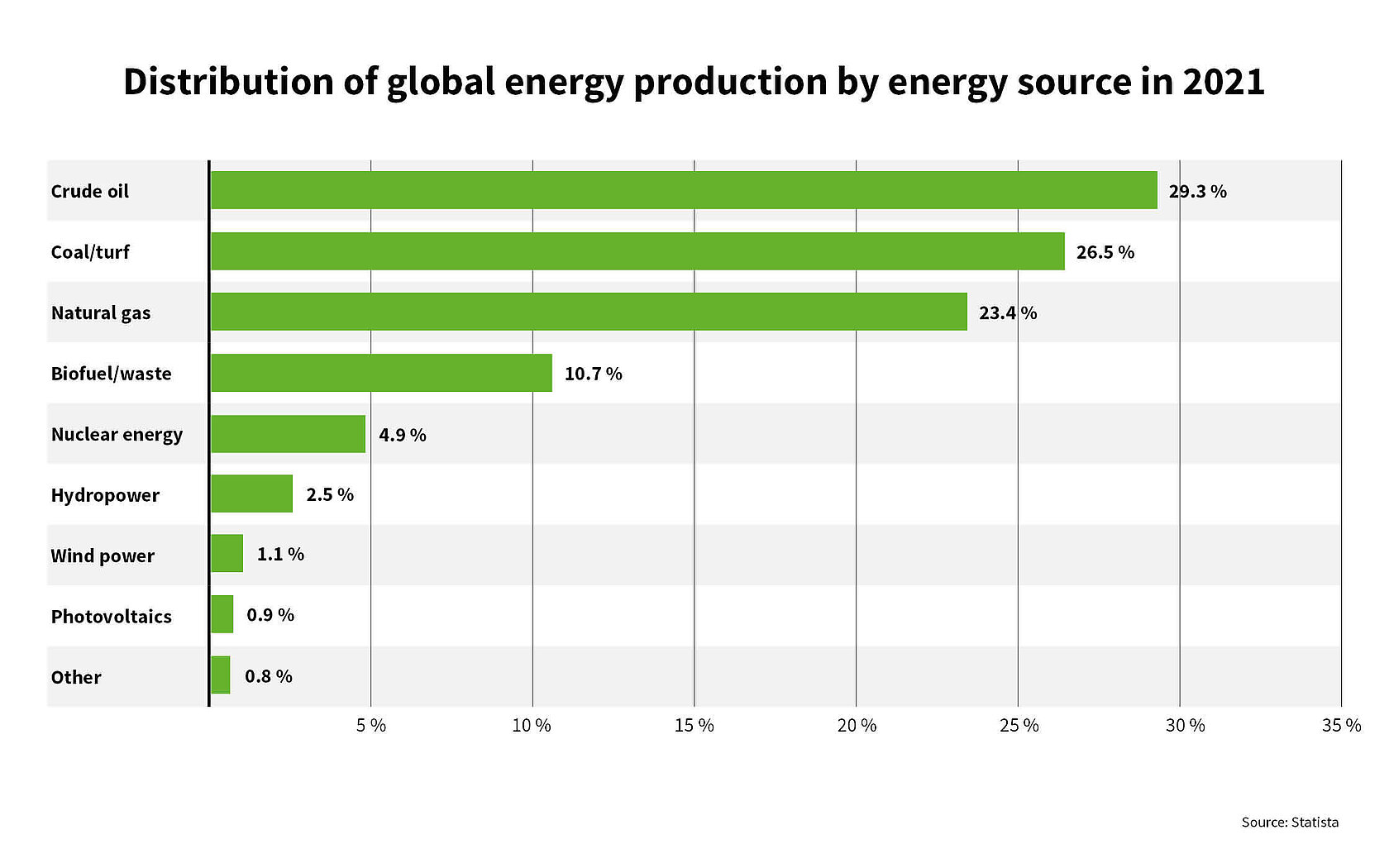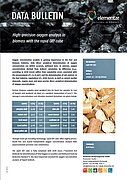Carbon from organic waste: Climate-neutral energy production
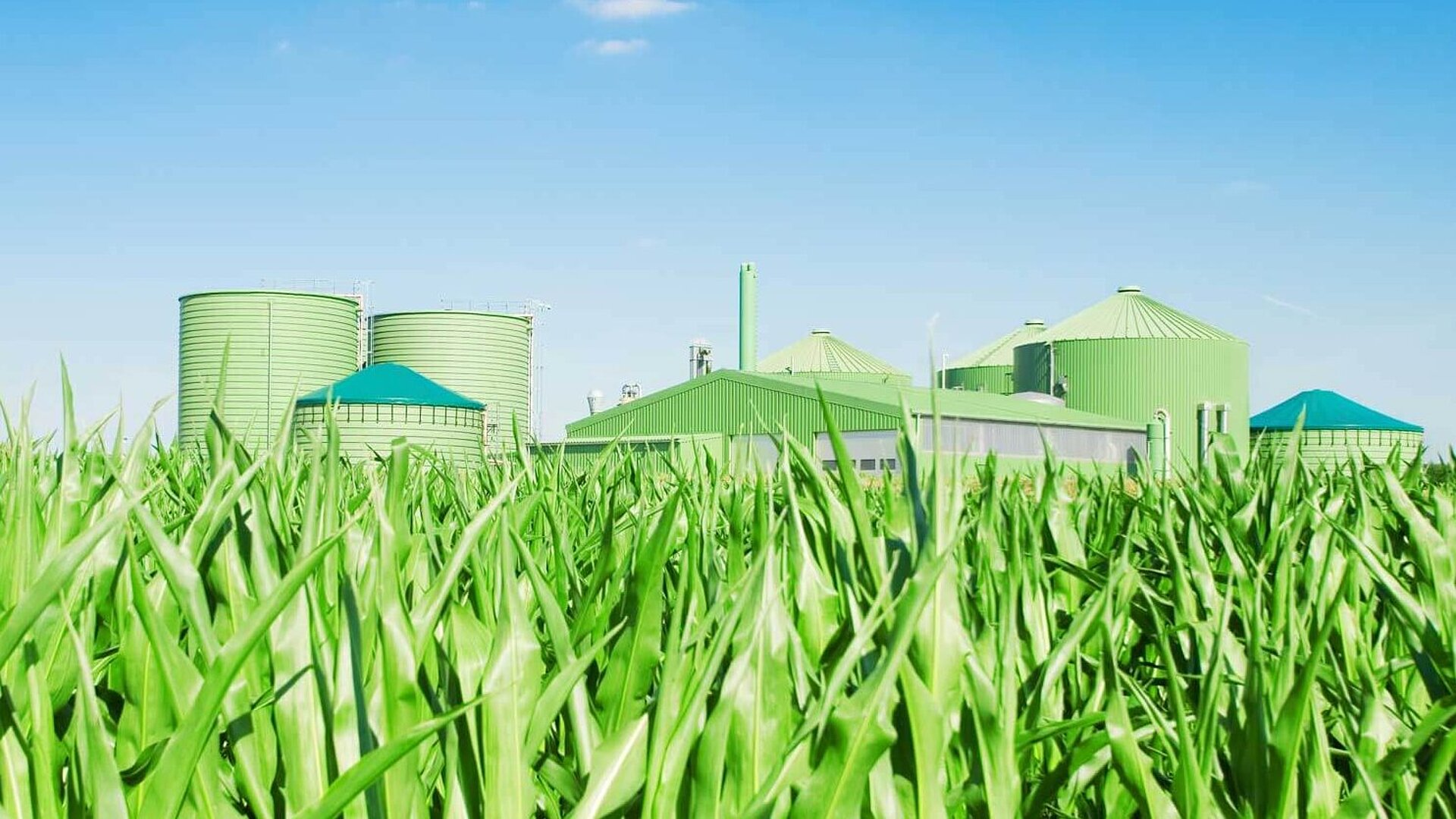
Climate-neutral energy production is one of the key environmental challenges of our time. The distribution of global energy production in 2021 by energy source* shows that fossil fuels still have the largest share, even if the share of renewables is increasing. Considering the fact, that the energy demand will continue to rise until 2050, it is highly important to expand the generation of renewable energy. Therefore, many researchers around the world focus on finding new and efficient ways to generate climate-neutral energy.
One of these interesting research projects is the one from the environmental researchers at the Ostwestfalen-Lippe University of Applied Sciences. They have developed an innovative method of converting sewage sludge and manure into a potentially useful biochar product with the properties similar to lignite (brown coal). This highly expedient waste treatment process could provide a viable new source of environmentally friendly solid fuel. The advantage of this method is, that it uses raw materials that would otherwise be unusable for sustainable energy generation.
*Source of information: Statista
A potential new source of sustainable solid fuel
This project was spearheaded by Professor Hans-Günter Ramke, head of the Faculty for Waste Management and Landfill Technology within the Department for Environmental Engineering and Applied Computer Science at Ostwestfalen-Lippe University.
Inspired by a previous study from the Max Planck Institute of Colloids and Interfaces that succeeded in obtaining biochar from organic materials, Professor Ramke’s team aimed to create a new method of converting organic municipal waste into a useful fuel byproduct. Given that climate-friendly energy generation is a key environmental challenge of our time, this project offered significant potential to contribute to the solution of this challenge.
Prof. Ramke is head of the Faculty for Waste Management and Landfill Technology within the Department for Environmental Engineering and Applied Computer Science at the Ostwestfalen-Lippe University of Applied Sciences at the Höxter campus since 1998.

Many of the materials used by Professor Ramke’s team in the initial testing phase were waste products that are otherwise difficult to dispose of, including sewage sludge, and agricultural waste such as straw, slurry and liquid manure. Their tests also utilized organic industrial and commercial waste products like beet pulp, spent grains, coffee product residues, bakery waste and food leftovers.
The researchers used a process called hydrothermal carbonization (HTC) to take this semi-solid organic waste and boil it under pressure at a temperature of between 180 °C and 240 °C for a number of hours, similarly to a pressure cooker. This created biochar - a charcoal-like substance that looks similar to lignite and contains a high quantity of carbon and hydrogen.
During this process something astonishing occurs: Organic mass transforms into a lignite-like material.
According to Professor Ramke and his team, this HTC biochar has a higher calorific value - or unlockable energy potential - than the original material and can be dried out easily using standard treatment processes to make it more suitable for use as a fuel. Additionally, the process of creating biochar converts organic waste into a stable form of carbon that cannot easily escape into the atmosphere, making it an effective method of carbon capture in addition to its other environmental benefits.
How hydrothermal carbonization (HTC) works
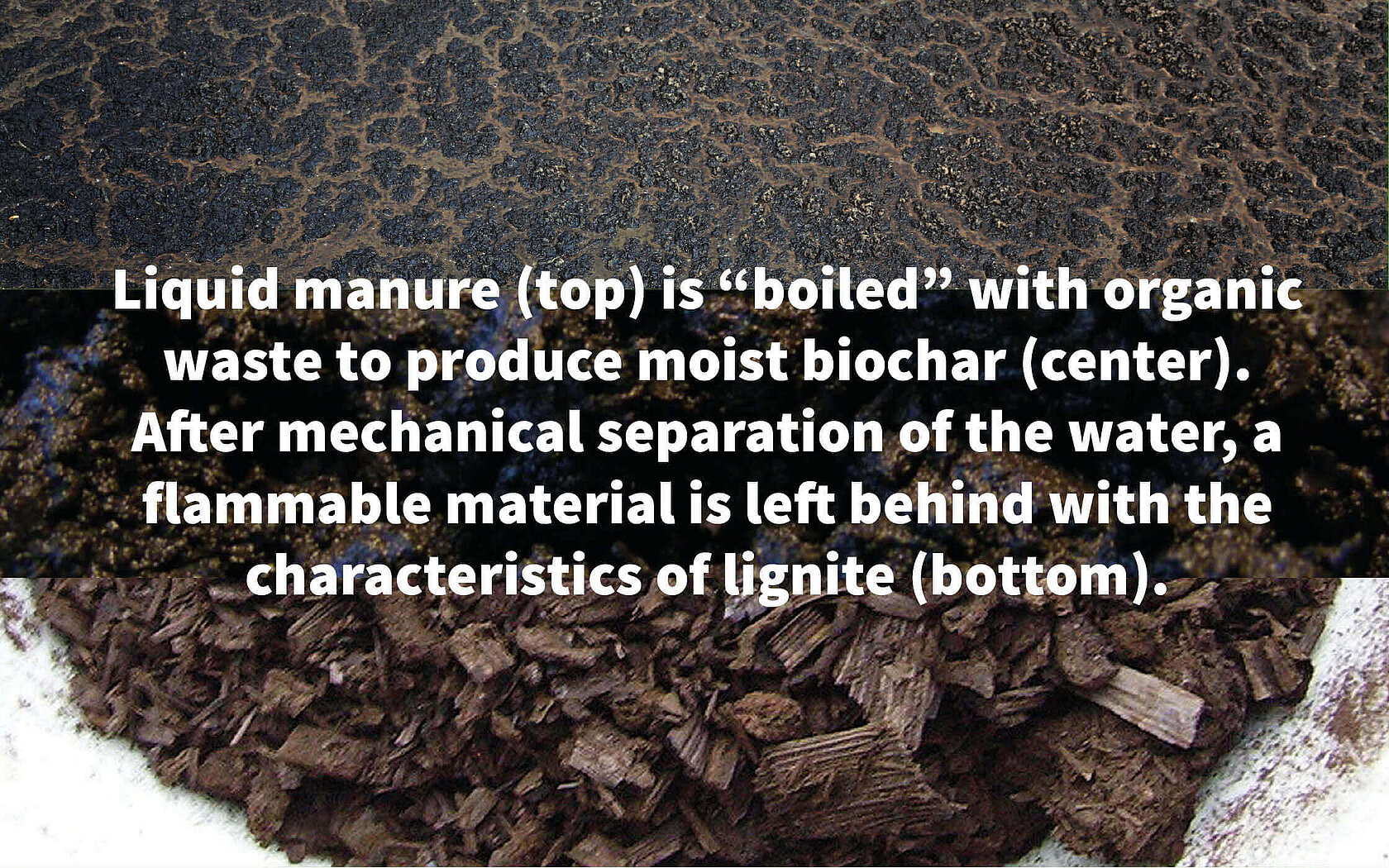
How to guarantee the quality of the new fuel
When creating a new production method for fuel, it is vital to have a reliable means of verifying the quality of the end products. Professor Ramke quickly realized that the standard analytical methods for waste management would not be sufficient for the HTC approach.
Initially, the team tried to assess the end products by evaluating their water content, ignition loss, total organic carbon (TOC) content and calorific value, but this did not provide the information they needed about the effectiveness of the carbonization process. As such, the team chose to analyze CHNS (carbon, hydrogen, nitrogen and sulfur) with a vario MACRO, predecessor model of the vario MACRO cube, to deliver better insights.
With the vario MACRO, they were able to accurately measure changes in hydrogen/carbon and oxygen/carbon ratios. This offered the proof the researchers needed that their HTC method was successfully enhancing the carbon content and energy density - and therefore the calorific content of the final biochar product, while also effectively separating the water and CO2 content.
Finally, the team employed our liquiTOC, predecessor model that uses the same temperature ramping principle than the soli TOC® cube to provide further insights and information about the organic carbon content of the biochar, offering an additional means of affirming the quality of the final product.
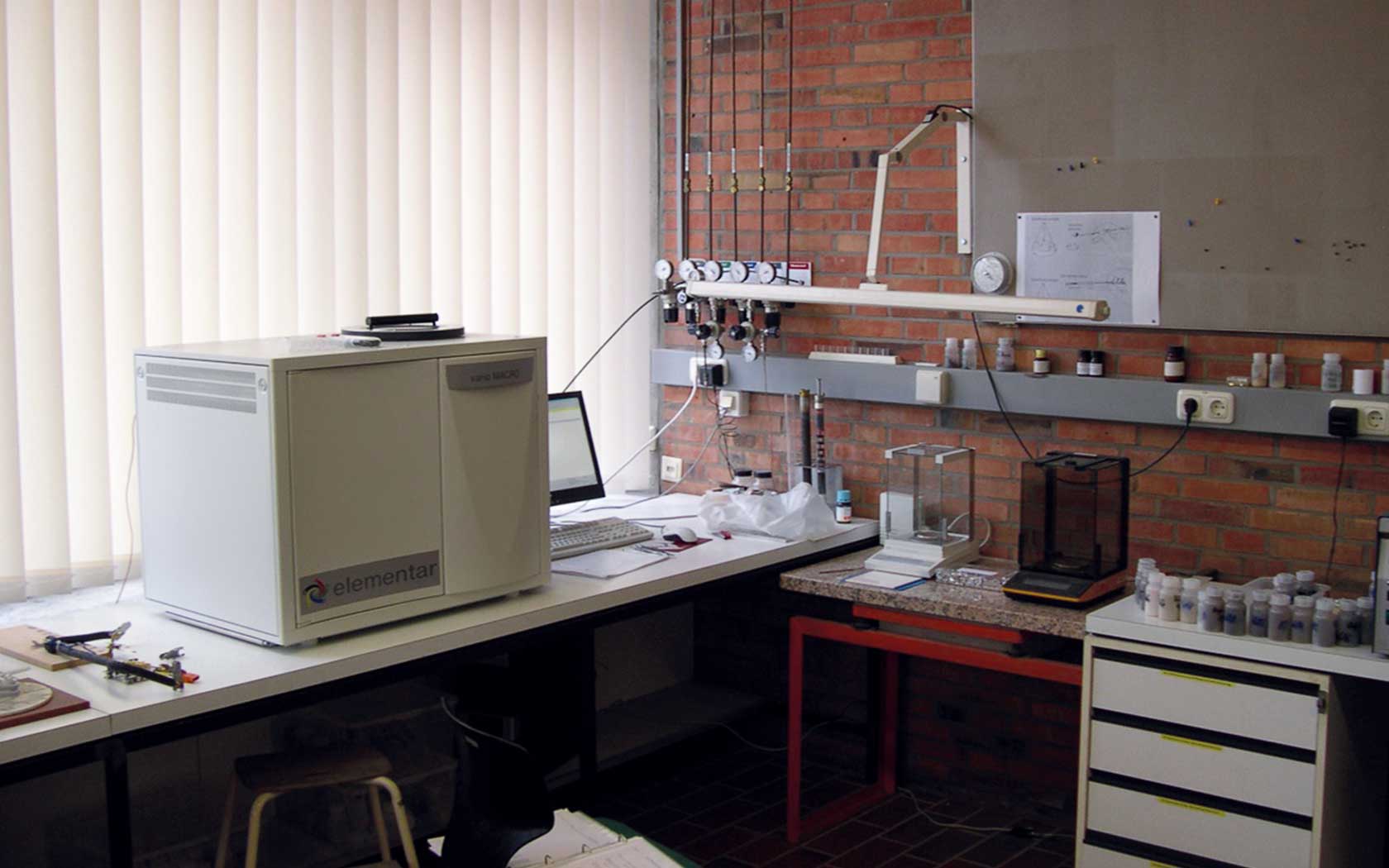
The future of the HTC method
Thanks to a combination of the Ostwestfalen-Lippe University team’s ingenuity, a viable new production method has been established for a climate-neutral fuel source with multiple commercial applications.
Having trialed several different waste products as feedstock for the HTC method, the team found that it worked best with carbohydrate-rich, high-moisture sources like sewage sludge, slurry and liquid manure. That means the HTC method could become a vital tool for converting these waste products into useful biochar that is highly suitable for generating process heat in mid-sized combustion plants, particularly for firing cement plants.
Now that the viability and effectiveness of the HTC method have been proven by elemental analysis, Professor Ramke believes that the approach may be of great interest to industrial and commercial users.
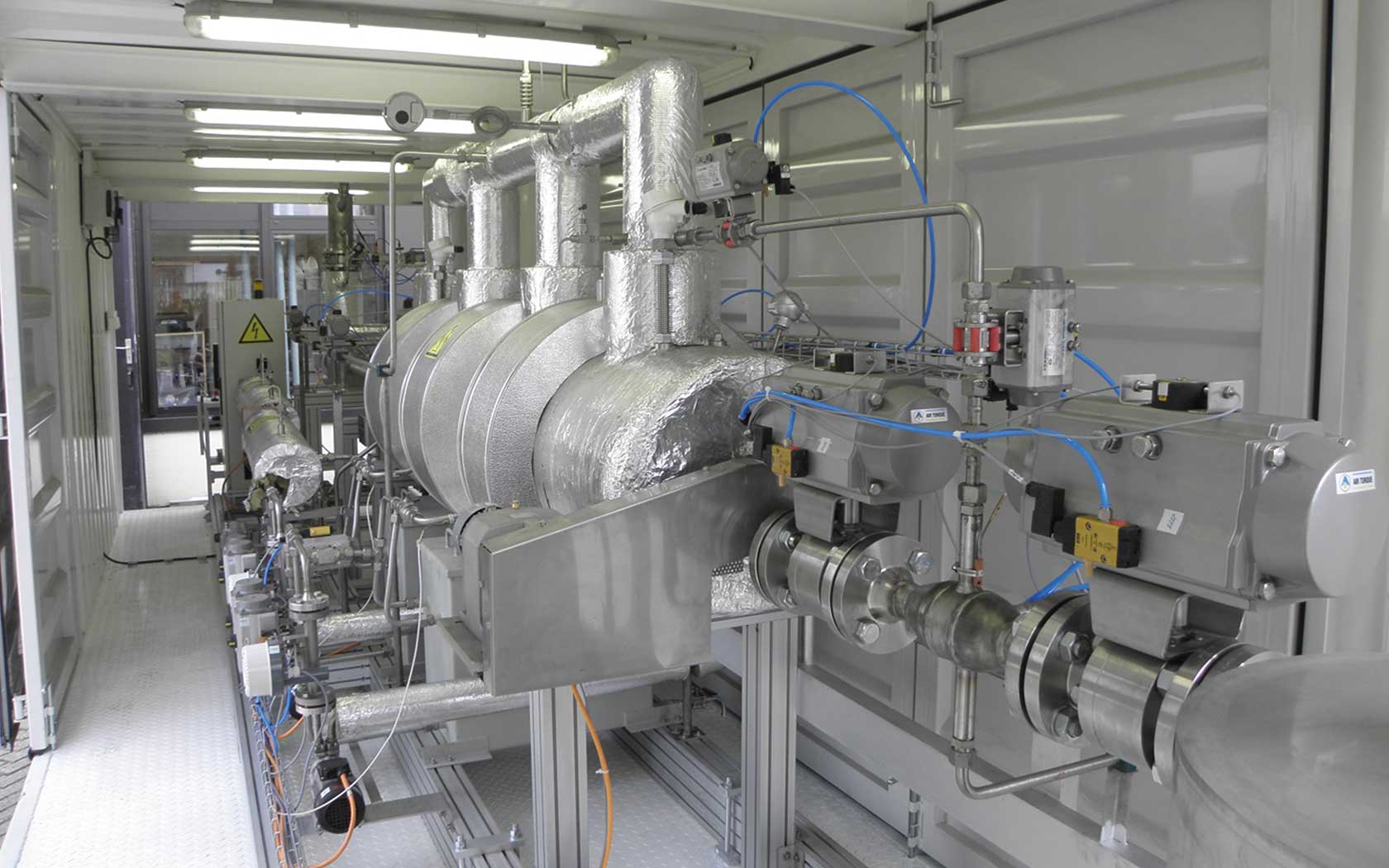
It needs the plant constructors and potential users to take the next step. We have developed a container system to test the effectiveness. We are mobile with this and we can come to the plant operators. Here, it is possible to test how the process behaves under practical conditions and how it can be optimally adapted to the respective material streams available.
Professor Hans-Günter Ramke
Find out more
Detailed information about HTC of agricultural residues
If you would like to find out more about Professor Ramke’s research, take a look at the study "Hydrothermal carbonization of agricultural residues", published in Bioresource Technology, which describes the HTC process in greater detail.
Do not miss any new articles
NEWSLETTER
We will constantly publish new blog articles. Register for our newsletter to stay up-to-date and get informed about latest blog articles, news and trends.

